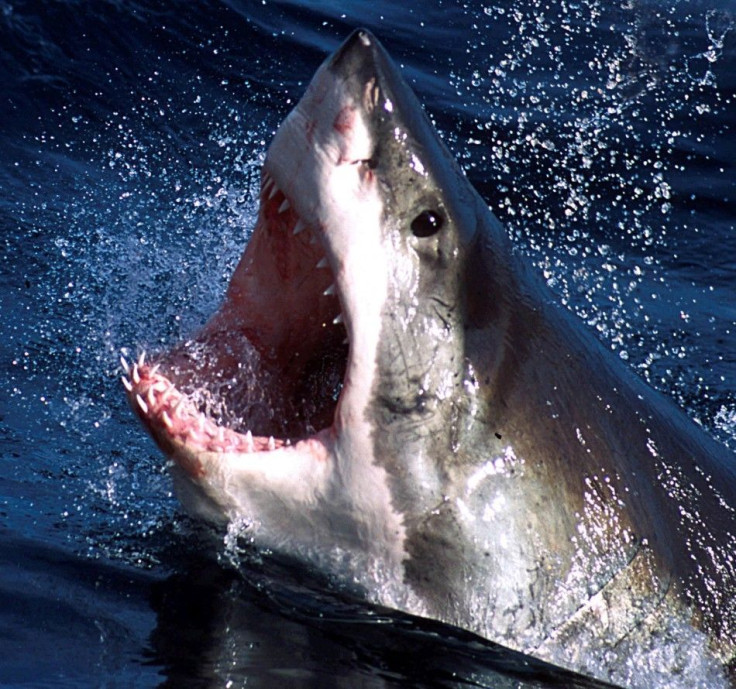Great White Sharks Endangered: California Lists Predator On State Protection List As Population Declines

Great white sharks will now be protected under California’s Endangered Species Act starting on Friday. The state Fish and Game Commission approved the designation in February, forbidding the hunting, pursuing, catching, capturing or killing of the animal.
California will now allocate funds to a wide study populations of the great white shark -- also known as Carcharodon carcharias -- expected to be released next year. The species has long been an object of fascination among humans, many of whom fear the beast for its size and reputation as a man-eater.
“While targeted sport and commercial fishing for a white shark has been banned in waters off California since the mid-1990s, there were some exceptions that allowed for incidental take associated with research activities,” Marci Yaremko, the fisheries manager for the state Department of Fish and Wildlife, told KESQ in California.
Great whites are granted full protection for 200 miles off the coast of New Zealand, where a large number of sharks congregate. Partial protections have been granted in South Africa and Australia, as well as the eastern United States, presumably under the same rationale used by California researchers and lawmakers.
“The department will now consider exceptions only on a case-by-case basis and will authorize take only under permits,” Yaremko added.
While the stereotype of the great white as a bloodthirsty killer has become convenient -- especially since the 1975 mega-hit Stephen Spielberg film “Jaws,” in which a rogue shark terrorizes a small town -- the truth doesn’t always hold water.
National Geographic estimated that on a given year there might be an average of 100 shark attacks, one-third to one-half of which are attributable to great whites. The animal is the largest predatory fish on the planet, and, in what humans think of as a horrific attack, the shark is often just testing its own curiosity with a “sample bite.”
The problem for any swimmer or surfer in the wrong place at the wrong time, though, is that “sample bite” is carried out by a beast that can measure upwards of 15 feet long with 300 serrated teeth lining its jaws.
An endangered listing is required for great whites off the coast of California, because population numbers have plummeted in recent decades. The lack of public sympathy has synchronized with the illegal trade of shark teeth on the black market and unintentional “bycatching,” in which sharks are caught in commercial fishing nets.
Great whites are so important because of their place at the top of the ocean’s food chain. They feed on everything from sea lions and elephant seals to anchovies.
“As apex predators, they play a very important role in the ecosystem,” Geoff Schester, of the California environmental program Oceania, told Reuters. “Our oceans would look completely different without white sharks.”
© Copyright IBTimes 2024. All rights reserved.





















